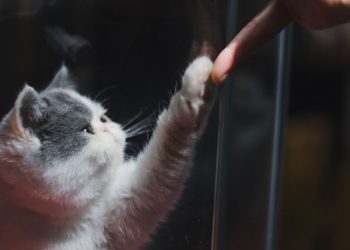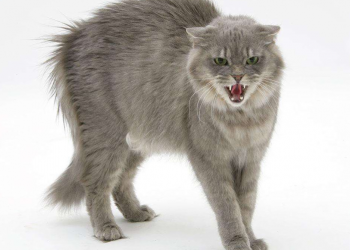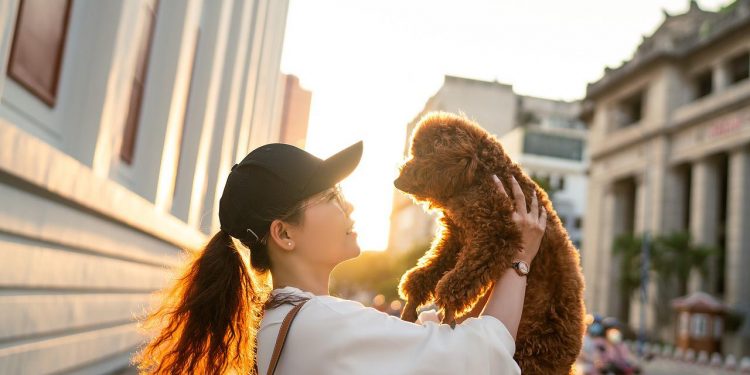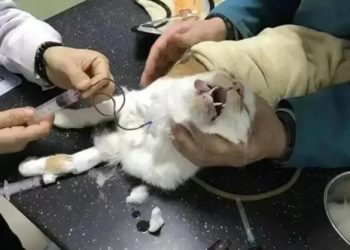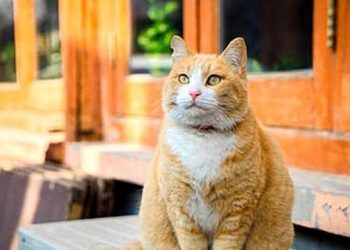KEY TAKEAWAYS
- 78% of pet owners acquired pets during the pandemic.
- Young people (ages 18 to 25) are much more likely to own a variety of pets besides cats and dogs.
- The majority of pet owners have increased spending on their pets to compensate for being away from home more.
Pandemic Pets Fill Homes
The pandemic and a willingness to spend on pets has shifted the landscape of pet ownership.
A new Forbes Advisor survey found that an overwhelming majority of pet owners (78%) acquired pets during the pandemic.
When did you last bring a new pet into your home?
Gen Xers Are Sticking to Dogs and Cats, Young Pet Owners Like Variety
Pet owners ages 42 to 57 (Gen X) are the least likely to own pets that aren’t cats and dogs, such as hamsters, birds and fish. Folks ages 18 to 25 are by far more likely than other age groups to have a variety of pets.
Which of the following pets do you own?
Spending on Pets Is Up
As the nation continues to adjust to a pandemic new normal and spend more time away from home, humans aren’t the only ones facing the tides of change. Unless you host an aloof cat, your pet has probably loved every second of having you home more because of the pandemic.
Overall, two-thirds (66%) of pet owners say they’ve spent more money on their pets in the last six months than they usually would in order to help the pets adjust to being alone more.
Pet owners in the Northeast have been especially guilty of extra spending. Northeasterners are also the most likely to be spending more time away from their pets.
In the past six months, I’ve spent more money on my pet than I usually do to help them adjust to being alone more frequently as I spend more time away from home
Pet-Related Spending by Generation
Pets, not unlike humans, can be costly to care for. With food, training, grooming and vet care, out-of-pocket costs to care for a squishy-faced animal baby can add up quickly. And that doesn’t even count the fun stuff like pet birthday presents and cute clothing.
Young pet owners (ages 18 to 25) are the most likely to spend lavishly on their pets, including birthday cakes and pet clothes. They are also the most likely to be spending money on pet behavioral training, expensive pet food, doggy daycare and dog walking services.
But, notably, those who have lived through the most birthdays (seniors age 77 and older) are the most likely to buy a birthday present for a pet.
Which of the following items/services do you buy for your pet?
Despite Gifts and Cakes, There’s Poor Pet Behavior
Pet gifts and pricey food aren’t reducing bad pet behaviors. Pet owners across the country are dealing with undesirable behaviors as they spend more time away from home.
Pet owners report increased problems with chewing, digging and related destruction, along with barking and howling.
Which of the following have you seen in your pet as you spend more time away from home?
With the majority of pet owners reporting that their animals are acting out in their absence, it’s not entirely surprising that half (50%) of survey respondents said being able to bring their pet to work at a new job would positively influence their decision to accept a job offer.
Pet Insurance a Popular Purchase
New pets come with costs that can be a shock to a pet owner. Unexpected veterinary costs, especially, can force a pet owner to make tough financial decisions, such as whether to run up credit card debt or deplete savings to cover big vet bills.
Pet insurance can soften the blow of these vet bills. Our survey found that:
- 21% of pet owners plan to buy pet insurance this year.
- 50% already have pet insurance.
Boomers (ages 58 to 76) are the least likely to say they have pet insurance, even though it’s embraced by other age groups. Boomers are also the most likely to say they don’t intend to buy pet insurance.
Do you have pet insurance for any of your pets?
One-third of those with pet insurance (33%) say they spend $151 to $300 a year on the insurance. About another third (36%) say they spend $301 to $450 a year.

